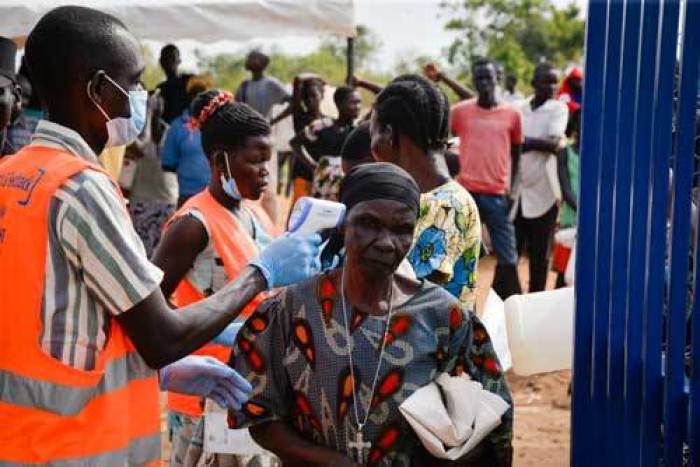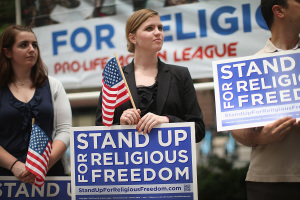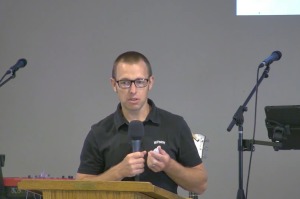Millions of children forced into labor as COVID-19 creates global hunger crisis: World Vision

The COVID-19 pandemic has caused at least 110 million children to go hungry and pushed 8 million others into child labor and begging, according to assessments in 24 countries across Latin America, Sub-Saharan Africa and Asia by evangelical Christian humanitarian aid organization World Vision.
Other international groups like the United Nations and World Food Programme have warned that the economic impact of the new coronavirus is bound to increase child hunger, violence and poverty at alarming levels, and those predictions were confirmed by World Vision’s assessments.
“COVID-19 is already affecting parents and caregivers’ ability to meet the needs of their children,” says the World Vision report, titled “Out of Time: COVID-19 Aftershocks.”
“Without urgent action, this will only get worse given that every second child, out of 2 billion children in the world, is living in poverty,” it adds.
The report shows that a third of the 14,000 households in nine countries in Asia have already lost jobs or income since the coronavirus outbreak. “Sixty percent of these families depend on casual (daily) labor as a crucial source of income,” it says, adding that a quarter of all families surveyed did not have any food stocks on hand, and one third had only one week’s supply left.
In Cambodia, 28% of households facing loss of jobs and income were sending children out to work, and in Bangladesh, 34% were sending children to beg, the assessment found.
In urban slums in India, 40% of respondents reported a spike in domestic violence due to travel restrictions and a reduction in family income.
In Africa, 59% of respondents from communities World Visions works with reported spending less on healthy and nutritious food.
In Latin America, refugees are severely affected by the loss of income and one-third of children are going to bed hungry, the report says.
“In Chile, 82 percent of the interviewees report having serious problems obtaining food, and in Venezuela, 70 percent have no access to food, which means that children under age five are at high risk of being malnourished. The report also shows 28 percent of the children surveyed are at risk of eviction from their homes, with seven percent already having been evicted.”
According to a projection by the United Nations, up to 66 million more children could fall into extreme poverty because of the pandemic, adding to the estimated 385 million children who were already living in extreme poverty as of last year.
Health journal The Lancet has predicted that in the most severe scenario, reduced access to nutritious food could lead to an additional 1.15 million child deaths over six months.
The World Food Programme has warned that the number of people requiring life-saving food assistance could double to 265 million people worldwide.
In May, World Vision launched a $350 million campaign to help some 72 million people globally with pastors as key players.
“[This is] the largest ever global response in our 70-year history — largest ever,” Edgar Sandoval, president of the development organization, told The Christian Post at the time. “We are aiming to reach 72 million people, including 36 million children. To do this, we need to raise $350 million and that’s what everyone is working really hard to do — to raise the funds that we need to serve the most vulnerable.”
He added, “We know that pastors and other faith leaders can be a real power, force, in stopping COVID-19 because they have the position of trust in their communities and they can.”




























